Crime
The Met Museum Returns More Looted Art to Greece and Turkey, Including 15 Antiquities Seized From Disgraced Dealer Subhash Kapoor
The D.A.'s office has confiscated a total of 17 artifacts from the Met this year to date.
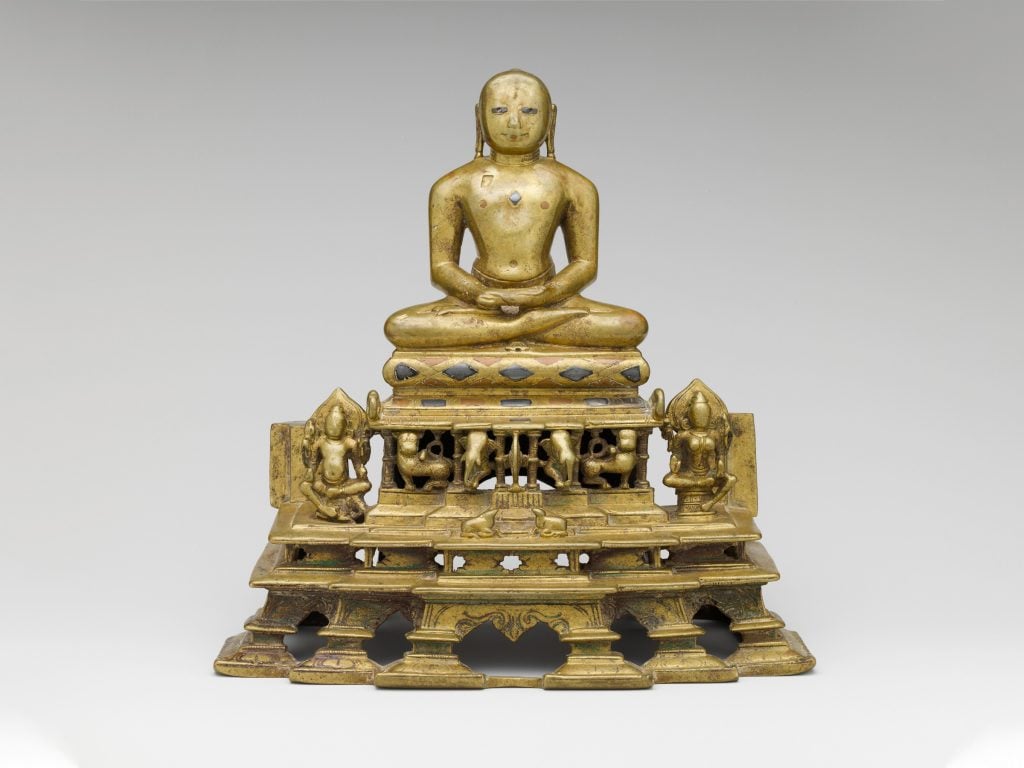
The D.A.'s office has confiscated a total of 17 artifacts from the Met this year to date.

Sarah Cascone

More looted art from the Metropolitan Museum of Art is on its way back home, with two recent repatriation ceremonies to Greece and Turkey, and the planned return of 15 antiquities smuggled by disgraced dealer Subhash Kapoor, now in jail in India for his crimes.
Last month, Manhattan District Attorney Alvin L. Bragg Jr. announced the return of 12 antiquities collectively valued at $33 million to Turkey, including three from the Met. The most significant is a headless bronze statue, believed to represent the Roman emperor Septimius Severus, that the D.A.’s office seized from the museum in February.
The $25 million sculpture dates to 225 C.E., and is believed to have been looted in the 1960s from a shine at Bubon, an archaeological site in southwest Turkey. It had been on loan from a collection in Switzerland since 2011.
“The museum is committed to the responsible acquisition of archaeological art, and applies rigorous provenance standards both to new acquisitions and to works long in its collection,” the Met said in a statement. “The museum is actively reviewing the history of antiquities from suspect dealers.”
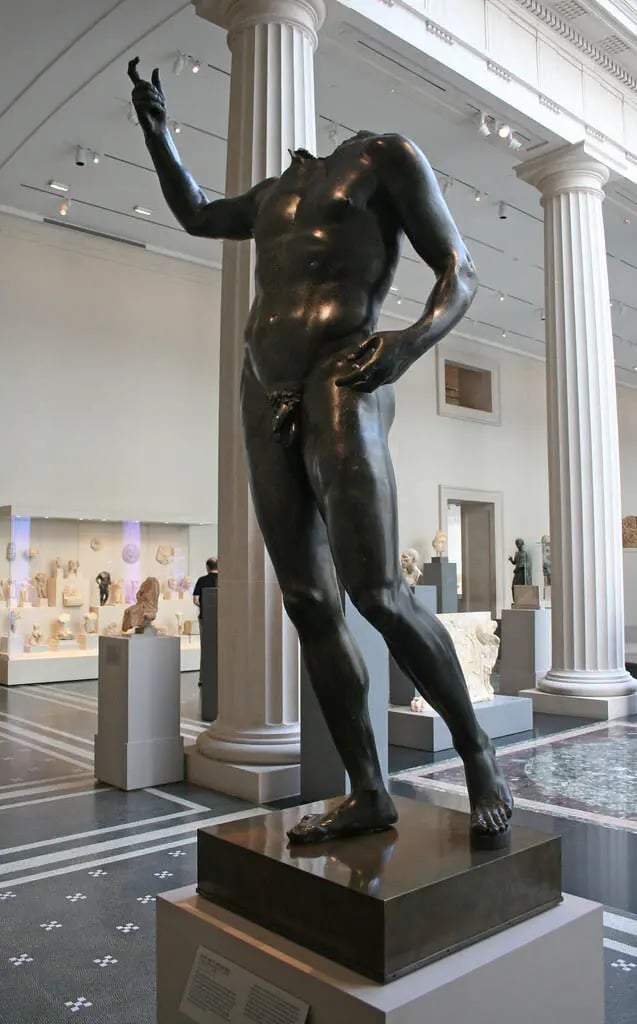
A looted bronze of the Roman emperor Septimius Severus, seen here on loan to New York’s Metropolitan Museum of Art, has been returned to Turkey. Photo courtesy of the Manhattan District Attorney’s Office.
The Met has also been made to repatriate a $1.25 million bronze head from its collection depicting the Emperor Caracalla, oldest son of Severus. It is dated between 211 and 217 C.E., and also is believed to have been illicitly taken from Bubon.
“These pieces, dating to as early as 5,600 B.C.E., represent immense cultural and historical significance,” Homeland Security Investigations (HSI) New York Special Agent in Charge Ivan J. Arvelo said in a statement.
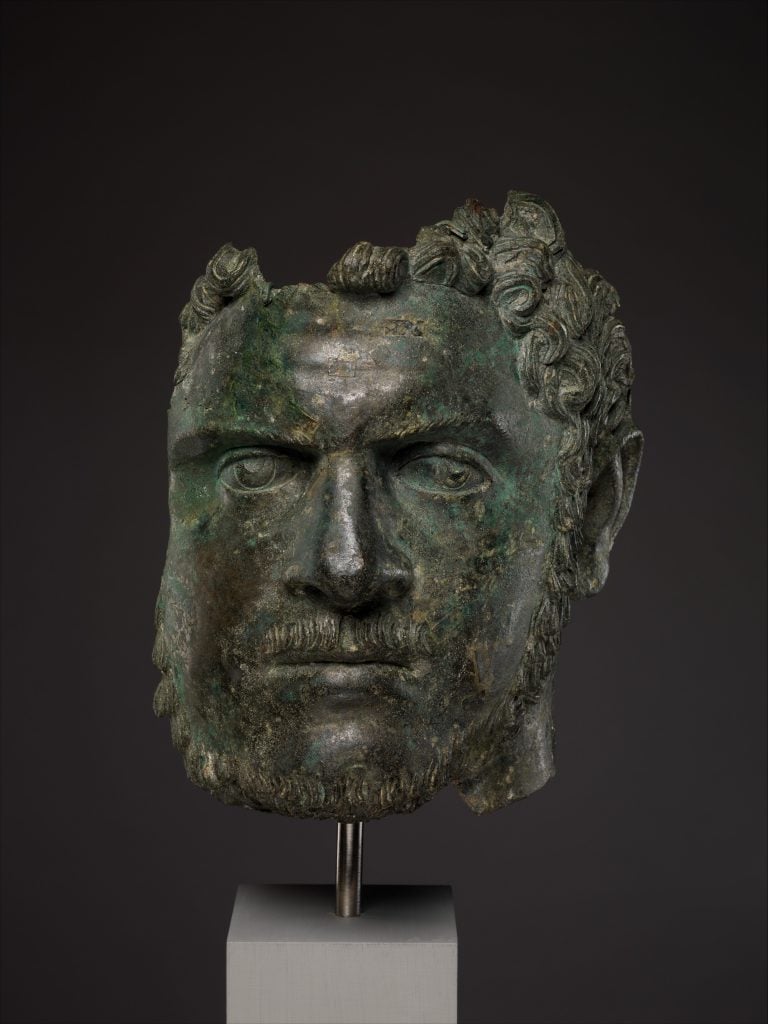
Bronze head of the Roman emperor Caracalla (ca. 211–217 A.D.). Photo courtesy of the Metropolitan Museum of Art, New York.
The third Turkish antiquity from the Met included in the restitution is a 290 C.E. marble sculpture of a head, thought to be from the heavily looted archaeological site of Perge. A private collector had loaned the work, worth $250,000, to the museum.
Turkey has required the discovery of antiquities be reported to the government since 1906, but looting was common practice among local farmers looking for a secondary source of income in the 1960s.
“The looting back then was done as a commercial enterprise for the villagers,” Assistant D.A. Matthew Bogdanos, the chief D.A.’s Antiquities Trafficking Unit, told the New York Times.
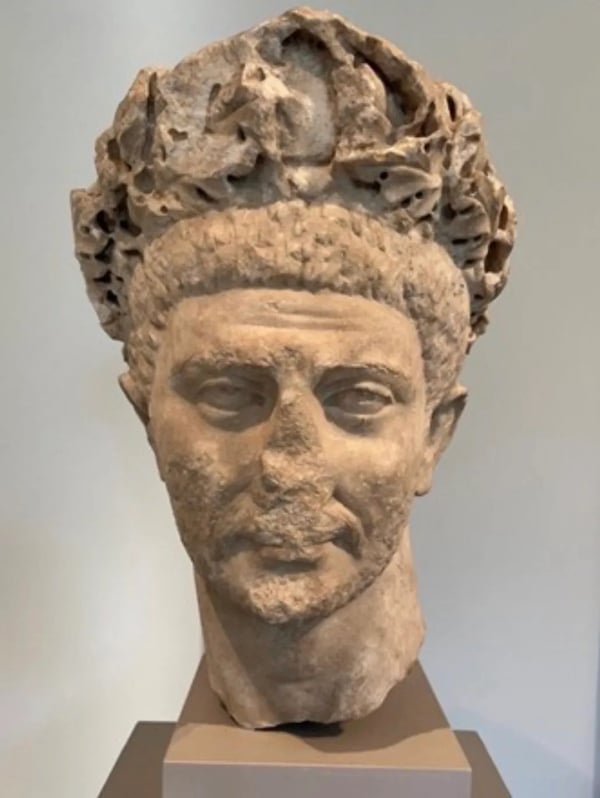
This looted Perge Theater Head on loan to New York’s Metropolitan Museum of Art has been returned to Turkey. Photo courtesy of the Manhattan District Attorney’s Office
The D.A.’s office has confiscated a total of 17 artifacts from the Met this year to date. The San Antonio Museum of Art, the Princeton University Art Museum, and the Fordham University Museum of Greek, Etruscan and Roman Art have also been raided.
The Greek restitution ceremony also took place last month, and included 29 artifacts collectively valued at over $20 million. Among them was one of only three known Eid Mar coins commemorating the murder of Julius Caesar, minted in 42 B.C.E.
Both the Greek and Turkish artifacts included looted art from the $69 million-worth of 89 stolen antiquities seized from the collection of Shelby White—nine are now going back to Turkey. The two returning to Greece are a Neolithic Family Group (5000–3500 B.C.E.) worth $3 million that she had loaned to the Met in 2000, and a Bronze Calyx Krater from 350 B.C.E. from a looted tomb.
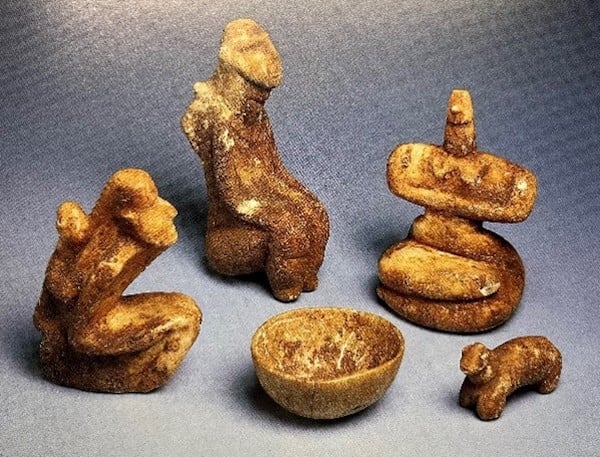
A looted Neolithic Family Group (5000–3500 B.C.E.) from the collection of Shelby White that had been on loan to New York’s Metropolitan Museum of Art has been returned to Greece. Photo courtesy of the Manhattan District Attorney’s Office.
Earlier in March, the Indian Express published a list of 18 sculptures and 59 paintings in the Met collection linked to Kapoor and his former New York gallery, Art of the Past. The Met had pledged to investigate the origins of these artifacts in 2019, after a New York City criminal court charged Kapoor with 86 felony counts.
The Met is returning terracotta, copper, and stone sculptures that were made between the 1st century B.C.E. and the 11th century C.E. Among them are a $1 million sandstone Apsara sculpture from Madhya Pradesh dating to the mid-11th century) and a 1st-century ceramic pot from Chandraketugarh.
Scrutiny of the Met collection has grown in recent years, with the International Consortium of Investigative Journalists publishing a report last month identifying over 1,000 artifacts held by the museum with ties to people who have been indicted or convicted of antiquities crimes.
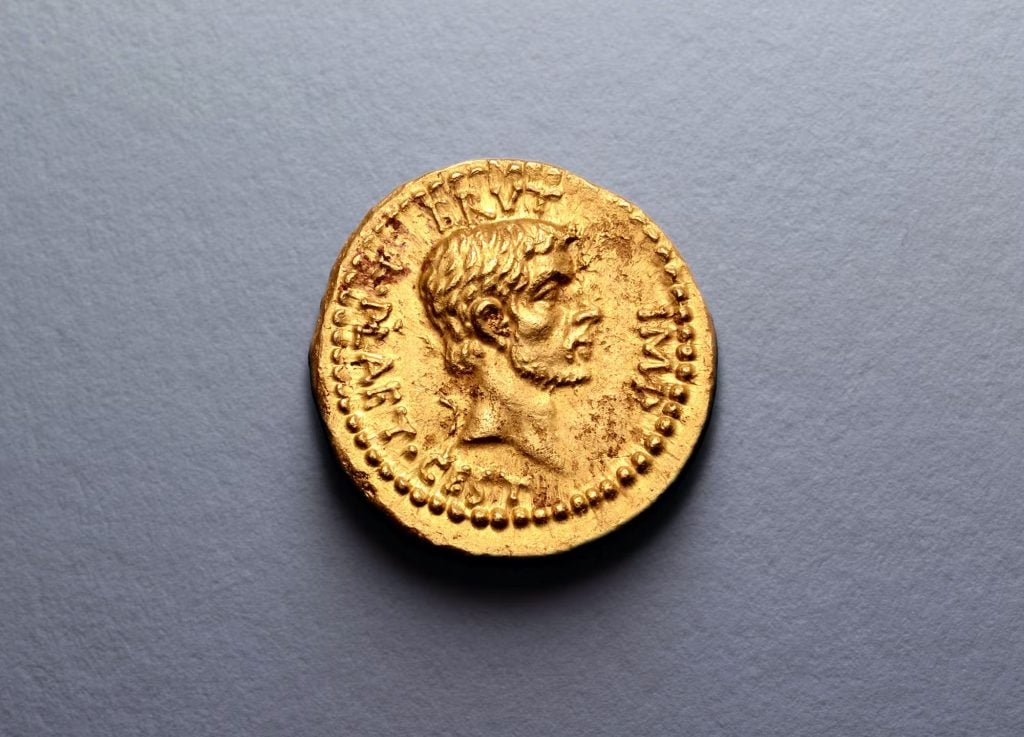
Eid Mar Coin (42 B.C.E.). Photo courtesy of the Manhattan District Attorney’s Office.
Several of the newly repatriated antiquities from the Met once belonged to one of the men named in the report, dealer Robert Hecht. Italy charged him with smuggling antiquities twice, even going so far as to issue an arrest warrant, but the Met continued to buy from him. Until his death in 2012, Hecht continued to deny any wrongdoing.
Since the 2017 establishment of the D.A.’s Antiquities Trafficking Unit, it has seized nearly 4,500 antiquities worth over $160 million that were stolen from 28 countries. Over half have since been repatriated.